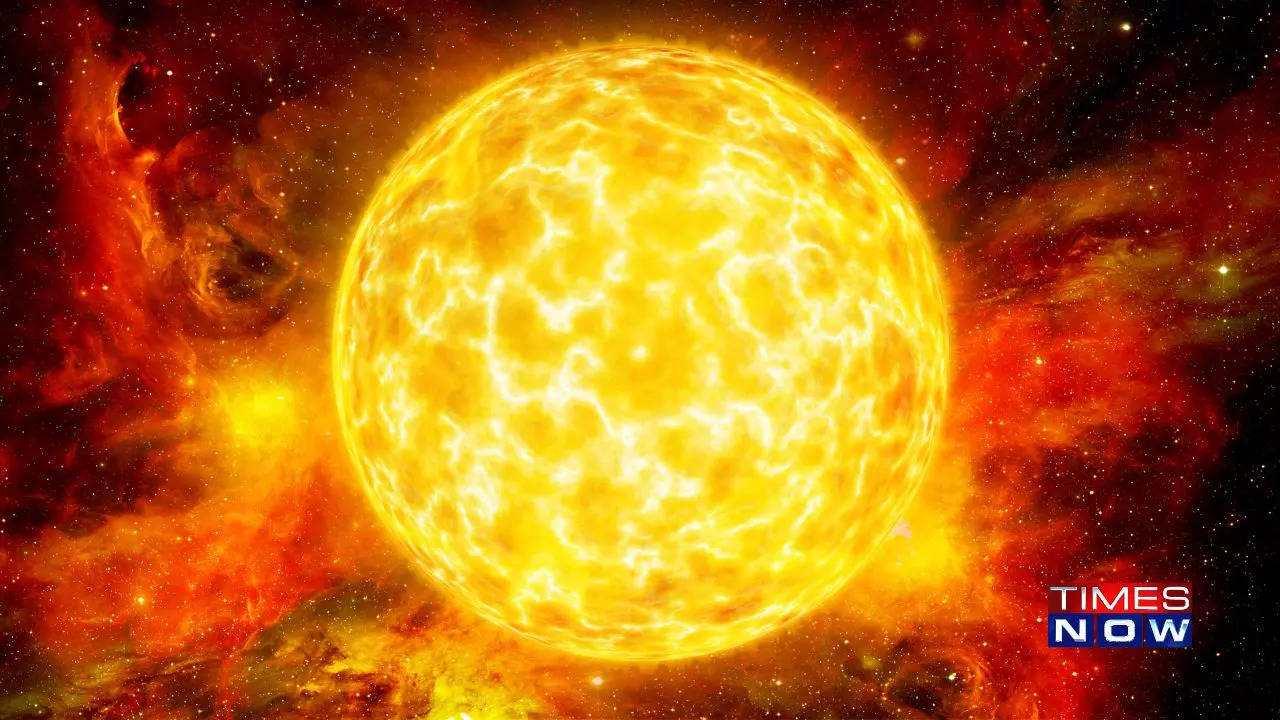Sun's Surprise: NASA's SDO Reveals Hidden Solar Storm Threat - Earth on Alert
The Earth-facing side of the sun has been relatively calm, but NASA's Solar Dynamics Observatory (SDO) detected a significant plasma eruption behind the sun's eastern limb. Does this pose a danger to Earth? Here is what space experts have revealed.

Hidden Solar Surge: NASA's SDO Signals Possible Earth Impact
The Earth-facing side of the sun has been relatively quiet in recent days, according to spaceweather.com and NOAA forecasts on January 11th, 2024. However, increased activity may be just around the corner. NASA's Solar Dynamics Observatory satellite observed a large plume of plasma erupting from behind the sun's eastern limb on January 10th. This indicates the possibility of an active sunspot region developing out of direct view. As the sun rotates, this area may swing into view later this week.
"The blast site is hidden from view. It could be linked to an active farside sunspot group," spaceweather.com reported. "If so, the sun's rotation will turn it to face Earth later this week," the report added.
The potential impacts of this farside development are still unknown. NOAA forecasts indicate a quiet geomagnetic field on Earth in the near term.
Calm Before the Storm?
While the visible solar disc has been calm and lacking sunspots recently, increased activity lurking over the horizon could mean a short-lived quiet period. As we move deeper into the new solar cycle, the sun is expected to continue waking up from its years-long minimum.
The coming days and weeks will reveal whether this latest behind-the-scenes solar action will translate to Earth-directed flares, elevated radiation levels, or geomagnetic storms. For now, space weather remains relatively serene.
What Is Solar Dynamics Observatory?
NASA says, "The 11-year solar cycle is largely unpredictable. It’s not even 11 years long! No one knows when the next big solar storm will come." To detect the danger in advance, NASA and NOAA use a wide range of tech. One of these is the Solar Dynamics Observatory (SDO), launched in 2010, it is a spacecraft operated by NASA. Its primary purpose is to investigate solar variability and its impact on Earth.Constantly observing the Sun, the SDO keeps a close watch on phenomena such as sunspots, solar flares, and other space weather events. Equipped with high-speed cameras, the SDO captures rapid sequences of images depicting solar flares and magnetic activity. A sensor on SDO called the “Helioseismic Magnetic Imager” (HMI) can see through the Sun’s surface to study what lies beneath.
Trending:
End of Article
Subscribe to our daily Newsletter!
Related News





Motorola Razr 50, Razr 50 Ultra Design Leaked Ahead Of Launch; Check Specifications, Features, More

Bill Gates Recommends Sal Khan's New Book On AI In Education

Google CEO Sundar Pichai Thinks Indian IT Engineers Need To Understand AI Tech Better

IPL 2024 Ticket Scam Duped Bengaluru Man With Rs 3 Lakh

DoT Directs Telcos to Trial Caller Name Display Service to Combat Spam Calls









